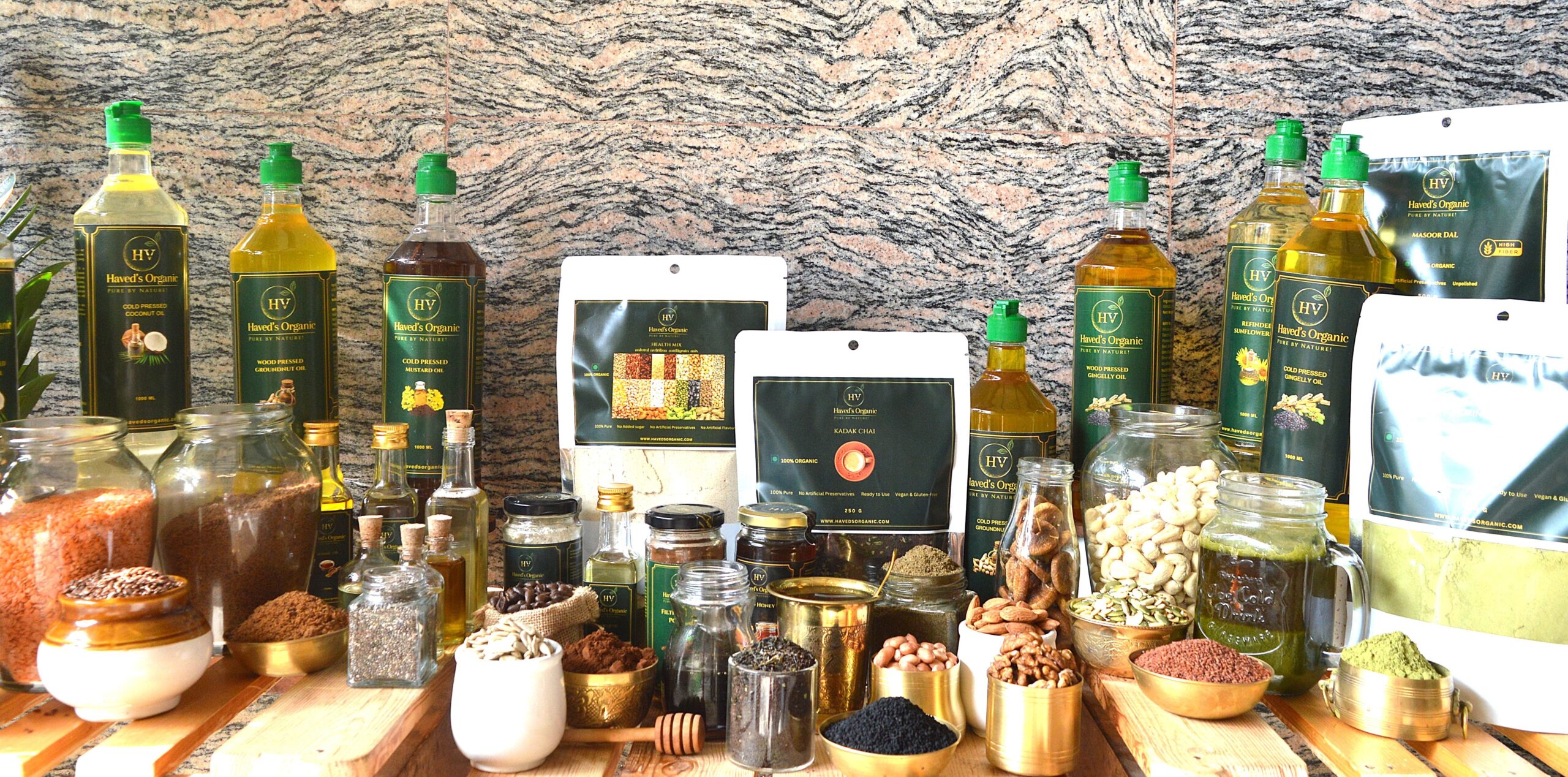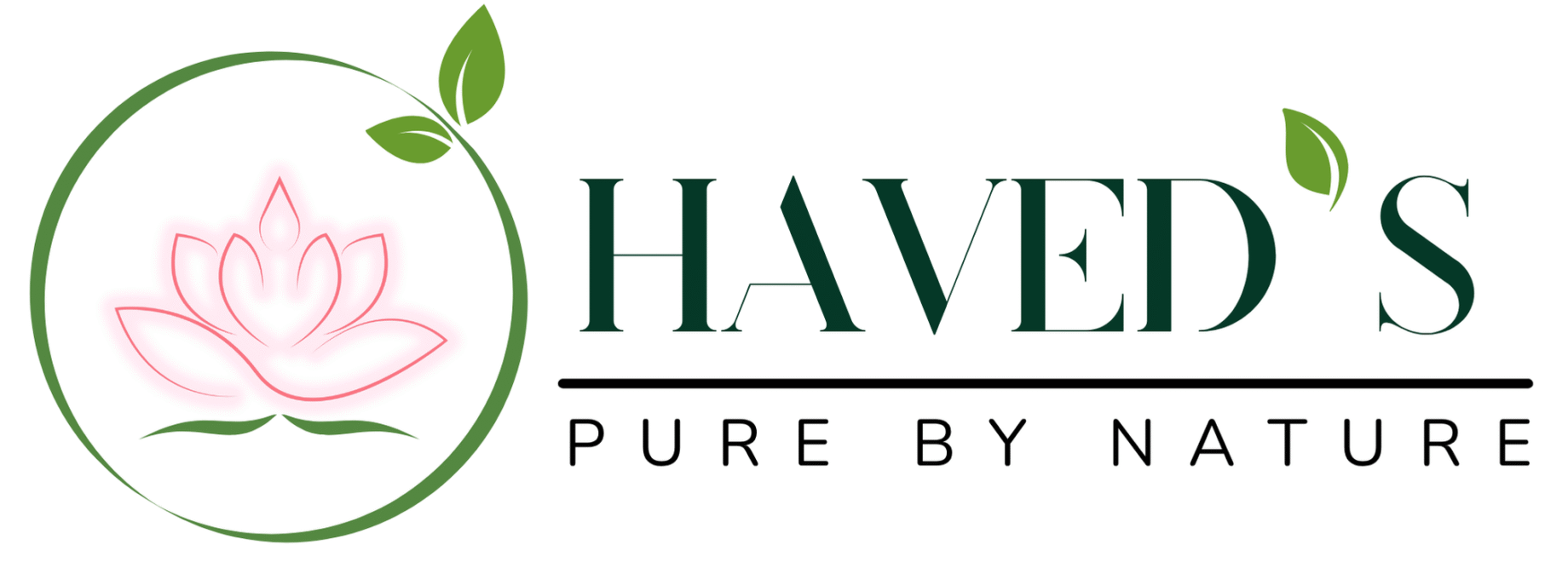
If you care about what goes on your plate, what goes into the soil, and how your purchases shape communities, organic is not a trend. It is a deliberate choice that nudges the food system toward a healthier, more transparent future. This post explains what “organic” really means, why choosing organic products matters for health, environment, and society, and why Haved’s Organic (visit https://havedsorganic.com) is an excellent place to make that choice simple, reliable, and smart.
What “organic” actually means
Organic farming is a set of practices that avoids synthetic pesticides, herbicides, and fertilizers, minimizes additives and processing, and emphasizes natural cycles. Certified organic products are produced under regulated standards that include soil health, animal welfare, traceability, and limits on artificial inputs. That certification is meaningful because it creates a baseline you can trust, instead of trusting marketing buzzwords.
Why go organic — the sensible, non-hype reasons
1. Lower exposure to synthetic chemicals
Conventional agriculture often relies on synthetic pesticides and fertilizers. Choosing organic reduces your direct exposure to many of these substances. For people who want to limit chemicals in their home and diet, organic is a practical, evidence-informed choice.
2. Better for biodiversity and soil health
Organic farming treats soil as a living system, not an inert medium. Techniques like crop rotation, cover cropping, and compost use build soil carbon, improve structure, and support a wider range of insects and microbes. That biodiversity makes farms more resilient to pests and drought, and it helps sequester carbon over time.
3. Improved animal welfare
Organic livestock standards require more space, outdoor access, and restrictions on routine antibiotics and hormones. For consumers who care about how animals are raised, organic systems often offer more humane conditions and a stronger emphasis on animal health through environment and nutrition.
4. Cleaner labels and simpler ingredients
Organic packaged foods typically avoid artificial colors, flavors, and preservatives. That means shorter ingredient lists and fewer mystery additives. If you prefer to eat things that sound like food, organic often gets you closer.
5. Climate and long-term resilience
Healthy soils capture and hold more water and carbon. While organic farming is not a magic bullet for climate change, its emphasis on regenerative practices contributes to long-term resilience of landscapes and food systems. That matters when you think beyond one season and plan for future food security.
6. Support for small and ethical producers
Buying organic often supports farmers and brands that invest in sustainable practices and transparent supply chains. That can mean fairer pay for workers and more attention to community-level impacts compared to commodity-driven conventional supply chains.
Common misconceptions, cleared up
- Organic always costs more. Yes, some organic products carry a premium. But not always. Shopping seasonally, buying whole foods, and choosing value brands can close the gap. Consider the premium as an investment in long-term health and ecological stability.
- Organic equals local. Not necessarily. Organic certified products can still travel long distances. If local is a priority, look for both organic and regional sourcing claims.
- Organic is automatically healthier in every way. Organic reduces exposure to certain synthetic inputs, and often delivers richer nutrient profiles because of soil practices, but the healthiest diet is still varied, plant-rich, and minimally processed.
Why Haved’s Organic is your logical choice
If you want to switch to organic or consolidate your organic shopping without losing quality, Haved’s Organic makes the shift easy. Here’s why Haved’s stands out as a one-stop shop.
1. Wide curated selection under one roof
Haved’s Organic offers a broad range of categories — fresh produce, pantry staples, dairy alternatives, spices, personal care, and eco-friendly household items. That breadth removes the friction of hunting across multiple specialty shops. Shop once, pack the cart, and move on with your day. Explore the catalogue at https://havedsorganic.com.
2. Verified quality and transparent sourcing
Trust is non-negotiable with organic. Haved’s highlights certifications and source stories, so you know whether an item is certified organic, where it was grown, and how it got to your table. That traceability matters when you want to align your purchases with your values.
3. Farmer partnerships and ethical procurement
Haved’s works directly with growers and cooperatives when possible, which promotes fairer economics and fresher produce. Buying direct reduces the middle layers that erode small farmers’ margins and weakens connection to origin stories that matter.
4. Practical convenience and modern shopping experience
A one-stop organic shop should make life easier, not more complicated. Haved’s provides a modern e-commerce experience, clear product descriptions, and helpful filters to find gluten-free, vegan, or low-FODMAP options. It also supports subscription and bulk buying options for staples, which saves time and frequently costs less.
5. Competitive pricing and value options
Haved’s balances premium artisan items with value-focused staples. Look for loyalty programs, bundle deals, and seasonal promotions that make high-quality organic choices more affordable over time.
6. Education and recipes that convert products into meals
Buying organic should not be intimidating. Haved’s supplies recipes, meal ideas, and usage tips that connect products to real meals. That support is practical for newcomers and busy households that want to translate purchases into healthier daily routines.
7. Customer service and community focus
A brand that educates and listens will win trust. Haved’s places emphasis on responsive service, user reviews, and community initiatives that highlight farm stories and sustainability wins. That makes shopping feel less transactional and more participatory.
How to get started without drama
- Start simple: swap one staple at a time, such as oats, rice, or cooking oil, with organic versions.
- Shop seasonally: it gives you the best taste and value.
- Prioritize: for produce, consider the items most frequently consumed or those prone to higher pesticide residues in conventional systems.
- Use Haved’s bundles and subscriptions to lock in savings and consistency. Visit https://havedsorganic.com to see current bundles and offers.
Quick guide to reading organic labels
- Certified organic label: Look for a recognized certification mark.
- 100 percent organic: All ingredients are certified organic.
- Organic: At least 95 percent organic ingredients.
- Made with organic ingredients: At least 70 percent organic ingredients. If your goal is minimizing synthetic inputs, lean toward the first two categories.
Final thought — why it matters beyond your plate
Choosing organic is partly personal and partly civic. It affects your household, the health of soils and waterways, and how farmers and producers are compensated for stewardship. It nudges the market to reward practices that regenerate ecosystems instead of degrading them. The transition does not need to be perfect. Small, consistent choices create momentum.
If you are ready to make that momentum practical and meaningful, Haved’s Organic helps you do it without friction. Their curated selection, clear sourcing, and customer-focused shopping tools make adopting organic living more accessible. Check out their offerings at https://havedsorganic.com and see how small switches can add up to long-term benefits for you and the planet.
Consider this your invitation to eat with intention, support stewardship, and make a shopping choice that scales beyond your cart. No preachy lectures, just better decisions, one product at a time.
